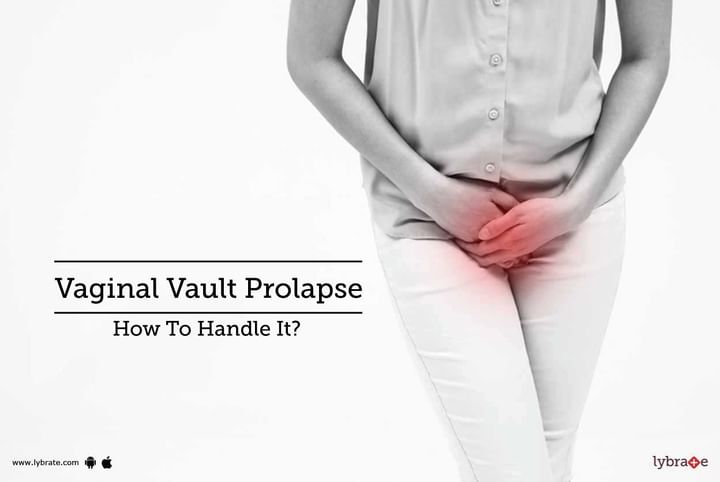Vaginal Vault Prolapse - How To Handle It?
Vaginal Vault Prolapse is the condition where the upper portion of vagina may lose its normal shape and drop or sag down into the vaginal canal or maybe even outside the vagina. This may occur after a hysterectomy or even simultaneously with uterine prolapse.
The treatment of vaginal vault prolapse varies with the severity and extremity of your symptoms. Your health care provider may suggest medications and physical therapy to treat your condition if you feel that the prolapse is not bothersome. However, you might have to undergo surgery later if your symptoms worsen and the prolapse affects your quality of life and hinders functional ability. You must keep in mind that usually more than one area is affected by weakness in your pelvic floor.
Symptoms:
The symptoms of Vaginal Vault Prolapse include- backache, pelvic heaviness, bulging mass into or sometimes outside your vagina that hinders normal activities such as walking and sitting, vaginal bleeding and releasing urine involuntarily.
Treatments:
1.Medication: Most of the women with this condition usually go through menopause around the same time. Since the estrogen levels are severely lowered during menopause, it causes vaginal dryness. Discussing estrogen therapy with your health care provider is a must if you wish to remedy your vaginal dryness. Not every woman should take estrogen so it is imperative to talk to a medical expert first. Usually, women are treated with estrogens before they go into surgery.
2. Nonsurgical Treatment: Nonsurgical treatments commonly include:
i) Pelvic floor muscle training (PFMT). Also called Kegel exercises, PFMT involves squeezing and relaxing the pelvic floor muscles. If performed correctly and routinely, PFMT may improve the symptoms of prolapse. However, PFMT cannot correct prolapse. Biofeedback is sometimes used to help teach women which muscle group to squeeze.
ii ) Injections for problems with bladder control. "Bulking agents" can be injected near the bladder neck and urethra to make the tissues thicker and close the bladder opening. Repeat injections may be needed over time.
iii )Vaginal pessary - This plastic device is used to treat some types of prolapse and improve bladder control. A woman inserts the pessary into the vagina to help support the pelvic organs. A woman’s doctor will fit her for a pessary that is a comfortable shape and size and instruct her on how to use and care for it.
3.Surgery: Corrective surgery may be performed on you by the surgeon either through the abdomen or vagina. If the surgeon is performing the corrective surgery through the vagina, he will use the ligaments which support the uterus to solve the problem.



+1.svg)
